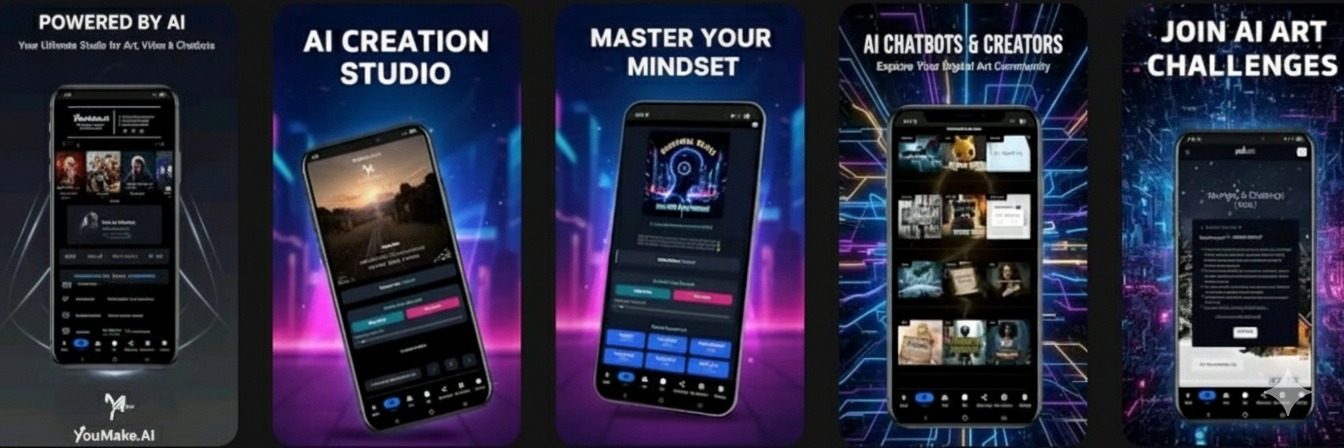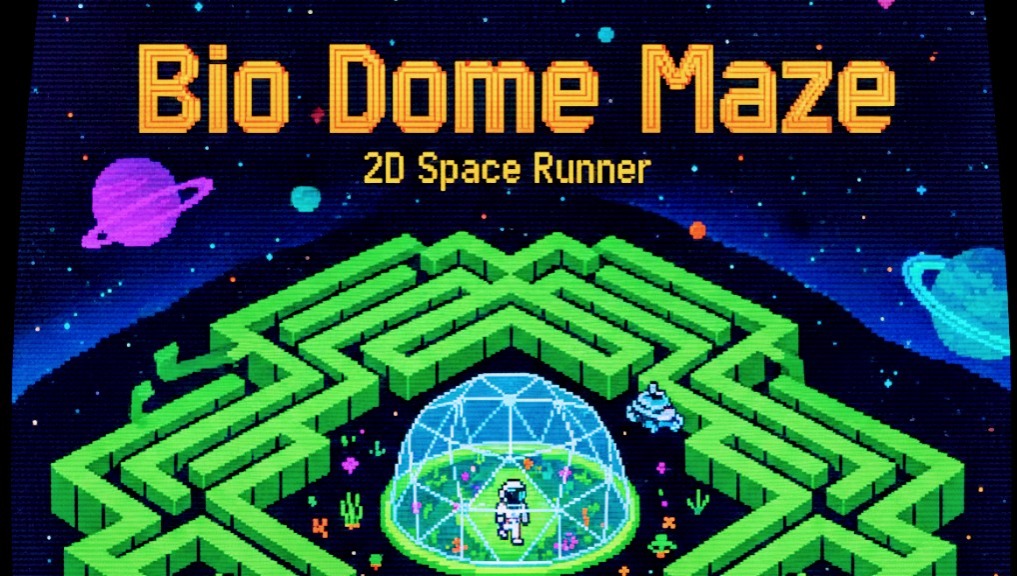


bio.site/youmakeai
Bio
YouMake.Ai has developed a sophisticated approach to AI model optimization through carefully crafted lora bots that significantly reduce error rates. Their methodology involves extensive testing phases where models undergo rigorous evaluation before being released to users. This process ensures that each interaction delivers consistent, high-quality responses that align with user expectations while maintaining appropriate boundaries.
The implementation of rule sets and pre-prompts serves as the foundation for these enhanced models. These starter prompts effectively guide the AI's behavior from the initial interaction, establishing parameters that help maintain focus and relevance throughout conversations. By embedding these guidelines directly into the model's operation, YouMake.Ai creates a more intuitive user experience that requires less correction or redirection.
Each published model undergoes customization specific to its intended purpose, allowing for specialized knowledge and response patterns. This targeted approach means users can select bots designed explicitly for their needs, whether creative writing assistance, technical information, or conversational companionship. The specialization strategy maximizes the utility of each model rather than attempting to create generalized systems that perform adequately across all domains but fall short.
The user-centric design philosophy prioritizes accessibility and practical value in every interaction. By focusing on the end-user experience, YouMake.Ai has created systems that respond not just accurately but helpfully, providing information in formats that prove immediately useful. This attention to how information is presented, not merely what information is provided, distinguishes their approach from competitors who may focus exclusively on technical capabilities without considering users needs.
YouMake.Ai - Art Creators Mall
The most difficult "first" of my life was not a technical innovation, but a physical restraint: the first time I sat on my hands. For years, I had been the household sysadmin, the magician who swooped in to banish the Blue Screen of Death or untangle a knotted mess of code.
There we were, sitting in the glow of a monitor on a rainy Tuesday, my daughter staring at a cursor that refused to move, panic rising in her chest. My instinct was to grab the mouse and fix it in ten seconds. Instead, I took a breath, clasped my hands in my lap, and said, "Trace the cable. Tell me what you see." That moment—the decision to transfer power rather than demonstrate it—was the first step of my most important venture: teaching my daughter to speak the language of the future.
We started with the hardware, the physical reality of logic. I watched her small fingers navigate the dusty interior of a tower case, terrified of breaking a circuit. I taught her the "first principle" of troubleshooting, which I realized then was also the first principle of adulthood: panic is a bug, not a feature.
We learned to isolate variables. Is it the power? The video card? The monitor? Watching her fear dissolve into a systematic checklist changed me. I wasn't just fixing a PC; I was instilling a resilience that I knew she would need for problems far more complex than a loose RAM stick.
From the hardware, we moved to the mind of the machine: Artificial Intelligence. This was a different kind of troubleshooting—troubleshooting communication. I remember the first time she frowned at a generic, hallucinated response from an LLM. I explained that the AI is a mirror; it only reflects the clarity you give it.
We spent hours refining her "first pitch" to the algorithm. "Don't just ask," I told her. "Assign a persona. Set the constraints. Be the architect." Seeing her grasp the nuance—that precision in language yields precision in outcome—was a profound shift for me. I realized I wasn't teaching her computer science; I was teaching her how to think clearly, how to articulate intent, and how to command a tool that overwhelms most adults.
That first afternoon I refused to touch a mouse. It defined my role not as a solver of problems, but as a builder of solvers. As I look toward the next 150 years of innovation, I know that the true breakthroughs won't just come from new code, but from the people who know how to ask the right questions and aren't afraid to open the case when things break.
My greatest "first" was stepping back so she could step forward, armed with the knowledge that whether it is a broken motherboard or a broken system, she has the tools to fix it.

